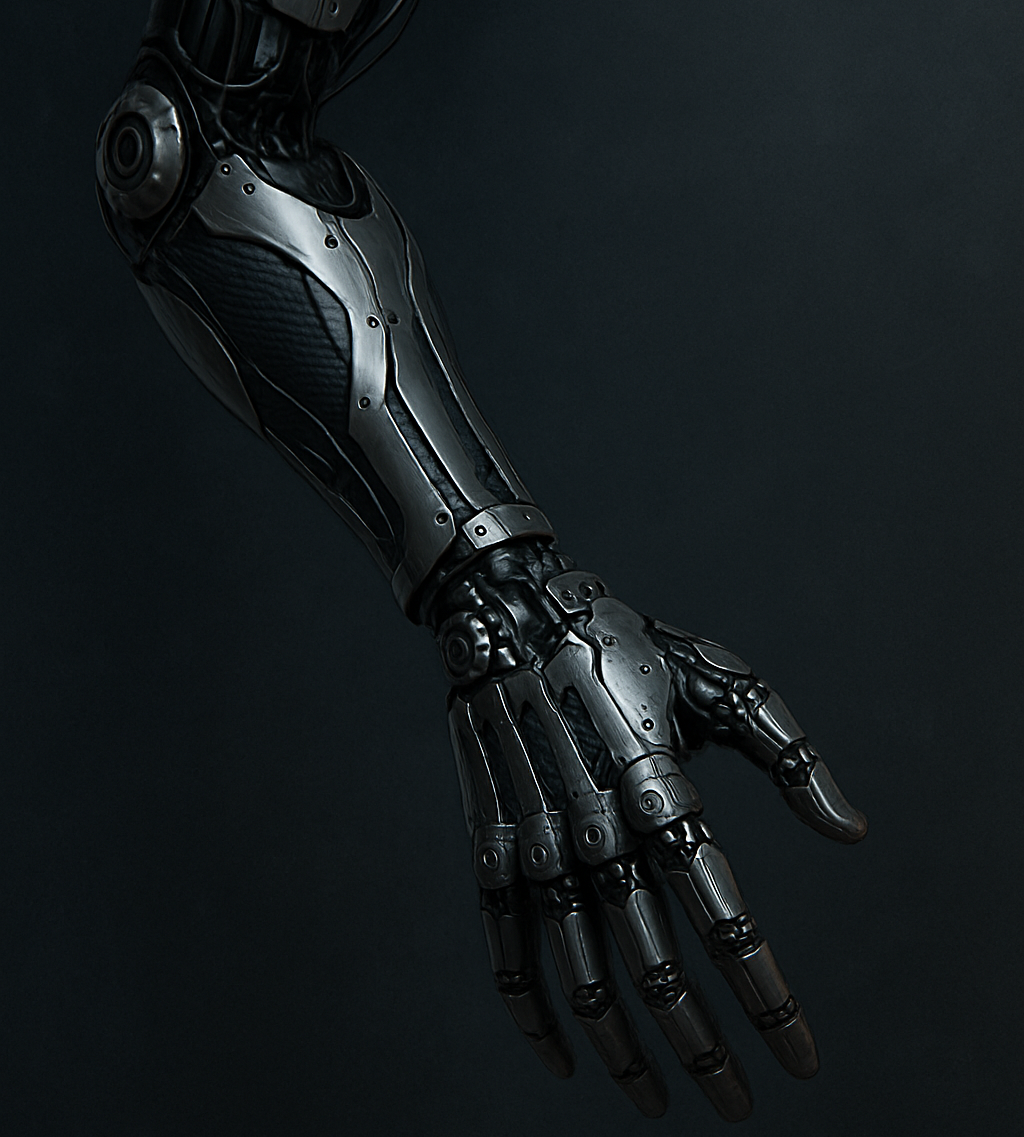In recent years, advancements in prosthetic technology have pushed the boundaries of what was once thought possible. No longer just simple mechanical devices, modern bionic limbs now incorporate sophisticated robotics, artificial intelligence (AI), and neural interfaces, allowing users to regain—and sometimes surpass—the functional capabilities of biological limbs. This revolutionary progress is not only transforming the lives of amputees but also reshaping how we understand the relationship between humans and machines.
The Evolution of Prosthetics: From Mechanics to Bionics
Historically, prosthetic limbs were rudimentary, providing basic functionality for movement but lacking sensory feedback or intuitive control. The past two decades have seen the integration of robotics and neuroengineering into prosthetic design, leading to the rise of “bionic limbs”—prostheses that mimic or enhance biological functionality.
A landmark development in this field is the use of myoelectric control systems, where sensors detect electrical activity in the user’s remaining muscles to control the prosthesis. For example, the DEKA Arm System, sometimes called the “Luke Arm,” developed with funding from the Defense Advanced Research Projects Agency (DARPA), allows users to perform complex tasks such as picking up delicate objects or using tools with precision.

Neural Interfaces: The Brain-Computer Connection
Perhaps the most groundbreaking advancements in bionic limbs involve neural interfaces—technologies that establish direct communication between the nervous system and the prosthetic device. These interfaces can be invasive, using implanted electrodes, or non-invasive, relying on surface sensors to interpret brain or muscle signals.
One notable example is research conducted at the University of Pittsburgh, where scientists developed a brain-computer interface (BCI) that enables paralyzed individuals to control robotic arms with their thoughts alone. Published in the journal Nature in 2016, this study demonstrated that BCIs could achieve highly coordinated, multidimensional control over prosthetic limbs, a milestone once relegated to the realm of science fiction.
Another innovation is targeted muscle reinnervation (TMR), a surgical procedure that reassigns nerves from amputated limbs to remaining muscles. TMR enhances the ability to send motor commands and receive sensory feedback through prosthetics. Studies published in The Journal of the American Medical Association (JAMA) have shown that TMR significantly improves the functional outcomes of myoelectric prosthetic users.
Sensory Feedback: Restoring the Sense of Touch
For prosthetics to rival or surpass biological limbs, they must not only move but also feel. Sensory feedback is crucial for performing delicate tasks and preventing injury. Recent breakthroughs in haptic feedback systems are making this possible.
In 2021, researchers from the Ecole Polytechnique Fédérale de Lausanne (EPFL) unveiled a prosthetic hand that provides real-time haptic feedback through electrodes implanted in the user’s residual nerves. This allows the user to perceive pressure and texture, leading to more natural and precise movements. The study, published in Science Robotics, demonstrated that participants could distinguish between different objects based on tactile sensations alone.
Artificial Intelligence: Smarter, Adaptive Prosthetics
Artificial intelligence is increasingly being integrated into prosthetic limbs, enabling them to learn and adapt to the user’s behavior over time. AI-driven prosthetics can automatically adjust grip strength, walking gait, and joint stiffness, leading to a more seamless interaction between human and machine.
For example, the Ottobock Genium X3 knee uses sensors and algorithms to predict and adapt to the user’s walking patterns in real time, allowing for natural movement across varied terrains. Similarly, biomechatronic limbs developed by researchers at the Massachusetts Institute of Technology (MIT) Media Lab utilize machine learning algorithms to optimize gait and reduce metabolic energy expenditure during walking.
Beyond Restoration: Enhancing Human Capabilities
Perhaps the most provocative aspect of bionic limb technology is its potential not just to restore but to enhance human capabilities beyond their natural limits. High-performance prosthetics made from lightweight, durable materials such as carbon fiber and titanium allow for superior strength, endurance, and precision compared to biological limbs.
Athletes like Markus Rehm, a long jumper with a prosthetic leg, have sparked debates about whether bionic enhancements confer competitive advantages over able-bodied athletes. This has raised complex ethical questions about the future of human augmentation and the blurring lines between therapy and enhancement.
Moreover, speculative technologies such as exo-prosthetics—external bionic devices worn over intact limbs—are being explored to provide superhuman strength and endurance for applications in military, industrial, and healthcare contexts.
Challenges and Ethical Considerations
Despite these remarkable advances, significant challenges remain. Integrating bionic limbs with the nervous system requires overcoming issues related to biocompatibility, long-term stability of neural implants, and signal resolution. Moreover, the high cost of advanced prosthetics limits accessibility, especially in low-resource settings.
Ethically, the prospect of human enhancement raises questions about identity, equity, and the definition of “normal” human capabilities. Regulatory frameworks and social norms will need to evolve in parallel with technological progress to address these concerns responsibly.
The Future of Bionic Limbs
The trajectory of bionic limb development points toward devices that are increasingly seamless extensions of the human body, capable of intuitive control, rich sensory feedback, and adaptive behavior. Emerging fields such as soft robotics, biohybrid systems (combining living tissue with synthetic components), and genetic engineering may further revolutionize prosthetic design.
Ongoing research funded by organizations like DARPA, the National Institutes of Health (NIH), and the European Union underscores the commitment to advancing this field. The long-term vision includes fully implantable, autonomous prosthetics controlled directly by the brain and integrated with other body systems.
Conclusion
Bionic limbs have evolved from rudimentary tools to sophisticated extensions of the human body, often capable of matching or even surpassing the capabilities of biological limbs. Through the convergence of robotics, neural engineering, and artificial intelligence, the dream of restoring full functionality—and even enhancing it—is rapidly becoming a reality.
As this technology continues to mature, it holds the promise of transforming not only the lives of amputees but also the very fabric of human potential. The era of bionics is not a distant future; it is already here, reshaping what it means to be human.
